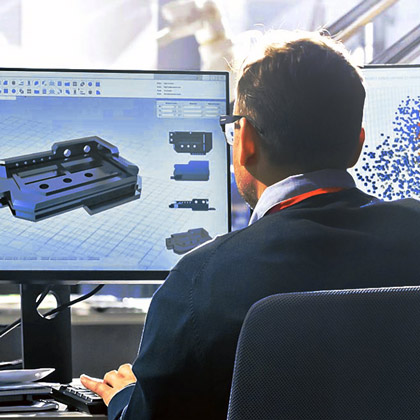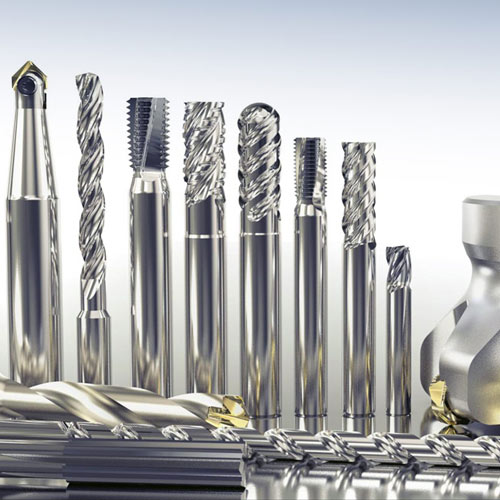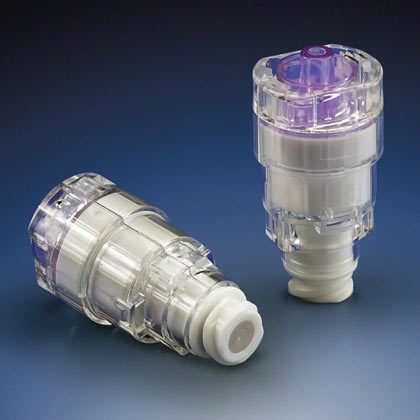In this modern era, 3D documentation is a vital part of many manufacturing processes, particularly where quality assurance and control of critical tooling are concerned. In this age of computer-aided design, it is shocking that many manufacturers still depend on engineering prints for their manufactured parts and rarely maintain drawings/documentation for critical tooling. While it may seem more affordable to manage tooling on paper (if done at all) due to the high cost involved (CAD packages, capital equipment, digitizing, engineering resources), ultimately, it is not cost-effective as it leaves considerable room for error in documentation control, misinterpretation of GD&T, as well as potentially leading to a substantial cost from part rejection.
Custom tooling and manufacturing processes are the company’s intellectual property, therefore, invaluable to business operations. However, the management of information for these resources does not always receive the same amount of attention as other 3D documented data, such as product design. 3D documentation of these critical tools will provide many added safe-guards and prove to be far more efficient in the long run, offering new opportunities to collaborate, test, inspect, and refine products.
Avoid Worst-Case Scenarios
Imagine a fire breaks out at your storage facility, and all your critical tools get destroyed. This could be devastating to a business without digital copies, leading to massive costs in recreating the tools or even financial ruin and bankruptcy. Luckily, the digital era offers new ways to keep these critical tools “backed-up” in a digital format, stored in multiple locations, or in a cloud location that can be accessed by different departments around the globe. Regrettably, digital records of critical tools are still overlooked or deemed unnecessary due to costing, the complexity of creating a management system for these digital files, and time invested.
Greater Longevity and Efficiency
In some incidences, physical tools/molds are shelved for years becoming weathered, damaged, misplaced, or disposed of if considered obsolete when products are discontinued, or to make room for new tooling to be stored. Years later, the demand for these critical tools/molds arises again, whether due to the resurgence of product demand, retrofitting older elements with new designs, or the need to study the original tooling for failure analysis.
Unfortunately, all these physical tools/molds could be scattered around a manufacturing facility or located in multiple facilities. With no central location in which they are managed, this makes it very difficult for anyone to track where these physical resources are, or how many exist. Adopting digital management systems along with 3D documentation of critical tools can help eliminate many of these shortcomings, reduce waste, streamline production, improve communication, collaboration, and lowering overall costs.
Benefits of 3D Documentation of Critical Tooling and Resource Management
- Digital back-ups – retain digital copies should the need to replace the tool arise
- Tool maintenance – track life cycle, monitor tool wear, make better decisions on when to maintain
- Improve quality – improve design iterations and conduct analysis of tool failure
- Efficient tool tracking – digital records offer a greater ability to track tooling
- Go paperless – digital records are easier to track, maintain, and reduce waste
- Visibility and access – find tooling utilizing shape-based search software and resource management systems
Critical Tool Management
Critical tool management is an essential part of the daily operations of many manufacturers. 3D documentation of critical tools and engineering drawings, along with the implementation of software for manufacturing tool & resource management, helps businesses tremendously to create and maintain a complete critical tool library integrated into their PLM (product lifecycle management), MES (manufacturing execution system), and data management systems.
Digital Record for Tooling Inspection
Some manufacturers create a “digital twin” representing the tool’s current state of wear, weathering, and damage. 3D records help optimize the tool management process for predicting the tool’s lifespan, making it easier to keep track of any deterioration so that the user can make informed decisions. Conducting periodic reviews of the data gathered can help to create prediction models for when to rework or replace tooling. For example, with die rings, statistical information such as the average, minimum, and maximum working lengths, their standard deviations, and range differences can be analyzed. Results that have different tolerances can be reviewed and compared with previous reports making it easier to check and identify any inconsistencies.
Preventative Maintenance
Another area in which data-driven manufacturing is demonstrating value is in preventative maintenance. Few things are more expensive than repairing capital equipment or replacing “one-off” and prototype tooling. This exacerbates the loss in productivity and magnifies the financial drain on the manufacturer. Digital documentation allows for areas of known wear to be tracked allowing preventative maintenance to be done based on scientific extrapolation, like a wear curve or trajectory instead of based on assumption or blind compliance. This methodology helps avoid not only premature maintenance, but also unexpected repairs by scheduling preventative measures that are less costly and time-consuming than more involved repairs, such as after a breakdown occurs.
Rely on Our Expertise
At Q-PLUS Labs, we are experts in all forms of digitally generated 3D records and CAD documentation. We can help with building a critical tooling library for all your physical tools/molds. We offer simple cost-effective solutions ranging from capturing point-cloud data of your tooling all the way up to providing fully parametric, reverse engineered CAD models accompanied by formal dimensioned and toleranced engineering drawings. Our engineers have years of experience in 3D scanning, reverse engineering, tooling verification, and calibration, among others. Our team can provide expert analysis on what scanning technology will work best for your needs at the best cost. Whether your tooling measurement requires accuracy of +/-.005”, (e.g. large vacuum-formed parts), or +/-.001” (e.g. common tooling), down to +/-.0001”, or even .00001” (e.g. high-precision tooling), we have the tools to handle the job with efficiency and the right level of accuracy. The technology we utilize includes laser, multi-sensor, touch probe, continuous-contact probe, structured light, and CT scanners, to name a few, that enable us to produce top-quality 3D digital data for our customers quickly and economically. Additionally, we can verify new tooling by comparing new scan data to existing CAD models and even offer solutions to help move away from certain kinds of physical tooling altogether.
Click here to see a full list of Q-PLUS Labs services or contact us today for more information.








Leave A Comment
You must be logged in to post a comment.